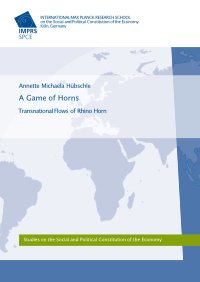By Jenni Irish-Qhobosheane
Since 2015, South Africa has witnessed the emergence of a new kind of criminality in the form of organized groups targeting the construction sector under the banner of ‘radical economic transformation’. Dubbed the ‘construction mafia’ in the media, these people have organized themselves into groups known as ‘local business forums’ and invaded construction sites across the country, demanding money or a stake in development projects in what can arguably be described as systemic extortion. While no country is immune to systemic extortion from criminal groups, the extent and impact of the activity depend on the abilities of state governance to address extortion economies as they arise. In South Africa, the activities of the so-called construction mafia have been fuelled by the weak response from the state, allowing them to expand their activities. In 2019, at least 183 infrastructure and construction projects worth more that R63 billion had been affected by these disruptions across the country. Since then, invasions have continued at construction sites across South Africa. In this context, this report by the GI-TOC focuses on understanding how these groups, widely referred to as the construction mafia, operate, their involvement in systemic extortion, and the long-term implications for the construction industry in South Africa and the country as a whole.
Geneva: Global Initiative Against Transnational Organized Crime, 2022. 51p.





















